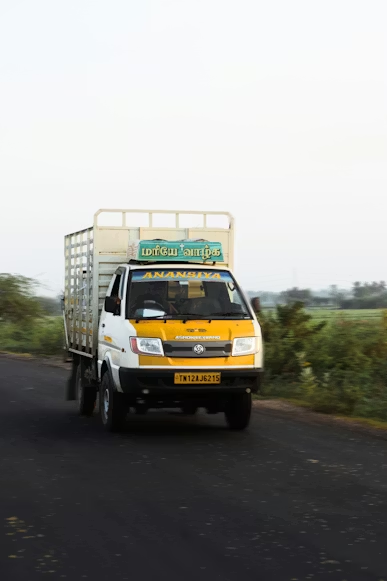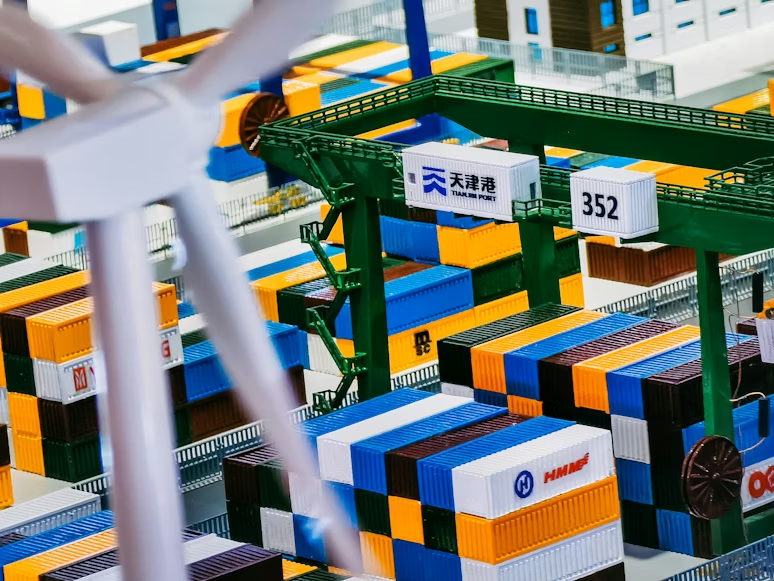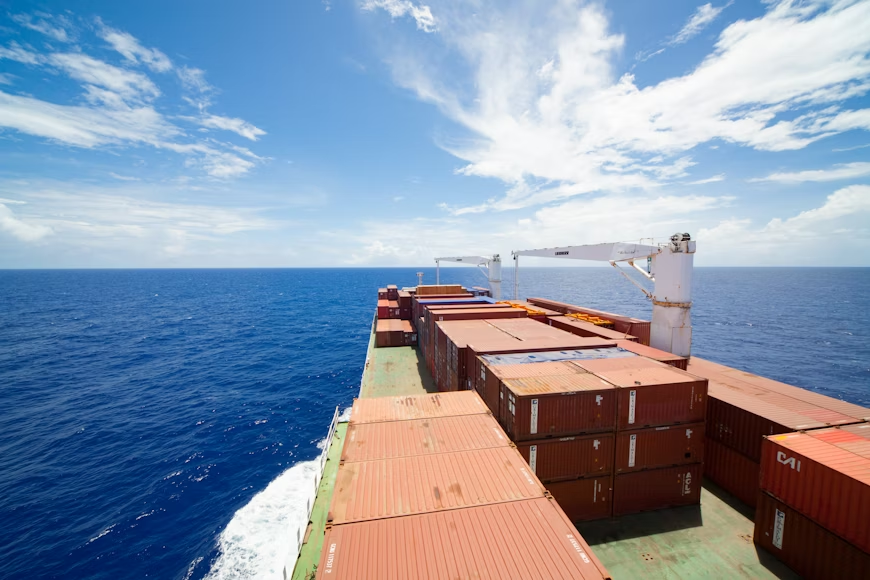MANILA, Philippines — The Philippines is set to become a new hub for luxury shopping as several high-end brands plan to establish their presence in the country. According to AC Legarda, Vice President of Ayala Malls, about eight to ten luxury brands, currently without outlets in the Philippines, have expressed interest in opening boutiques at Greenbelt, Makati City. This development positions Greenbelt as a burgeoning center for fashion and luxury not only locally but also in Southeast Asia.
Ayala Land Inc. has committed P13 billion towards the redevelopment of four of its major malls, including Greenbelt. The renovation of Greenbelt 2 is scheduled to begin this quarter and is expected to conclude by 2026. Mariana Zobel de Ayala, Senior Vice President and Head of Leasing and Hospitality at Ayala Land, alongside being the President of Ayala Malls, highlighted Greenbelt’s transformation into a regional fashion and luxury destination.
The decision for further renovations follows the observed increase in demand for heritage luxury brands such as Louis Vuitton, Dior, and Fendi, following upgrades to Greenbelt 3 and 4. The new wing of Greenbelt 3, which opened in 2021, houses stores for these brands, among others, and there is already interest in further expansion.
The focus of luxury brands on Asia for expansion is evident, with innovative concepts like the Dior Cafe in South Korea, Gucci Osteria in Japan, and the BAPE Cafe in Hong Kong. The Philippines, with a significant local clientele for luxury goods, is recognized as a ripe market for such global brands.
Gino Dizon of Bain and Co., a global consultancy firm, noted the global luxury market’s resilience, currently valued at around €1.5 trillion annually and experiencing a growth of approximately 10 percent year-on-year. He anticipates a steady growth rate of four to eight percent annually until 2030 for the luxury segment, bolstered by a growing customer base in Southeast Asia, including the Philippines.
Michael Ricafort, Chief Economist at Rizal Commercial Banking Corp., mentioned that targeting the luxury market could prove more profitable for property developers and businesses due to premium pricing and higher margins. The increasing affluence among Filipinos is expected to sustain luxury spending within the country.
However, John Paolo Rivera, President and Chief Economist at Oikonomia Advisory & Research Inc., cautions that the local market might not quickly shift to luxury brands, given the higher costs of luxury products in the Philippines compared to tax-free shopping available abroad. Despite this, initiatives are underway to make the Philippines an attractive destination for both local and foreign luxury shoppers.
In line with this vision, Greenbelt aims to provide a diverse shopping experience, featuring not only international luxury brands but also Filipino designers with global appeal. The mall’s future offerings will span affordable luxury to heritage brands, street lux, and athleisure, promising an unparalleled variety of options for consumers.
This expansion signals the Philippines’ growing role in the global luxury market, driven by both local demand and strategic development efforts by key industry players.
Stay informed with supply chain news on The Supply Chain Report. Free tools for international trade are at ADAMftd.com.
#PhilippinesLuxuryShopping #AyalaMalls #GreenbeltMakati #LuxuryBrandsExpansion #SoutheastAsiaFashion #LuxuryMarketGrowth #FilipinoDesigners #RetailInnovation #HeritageLuxury #ShoppingExperience

















